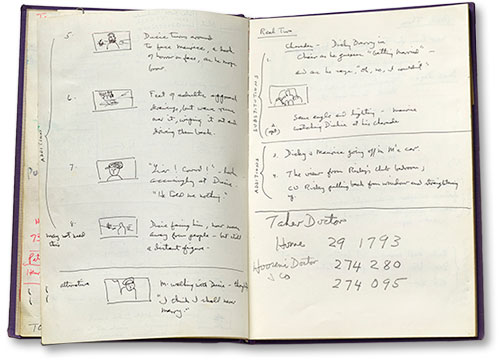

By comparison, others were putting out hundreds, sometimes thousands, of movements per year from their workshops. Between 17 that number increased to an average of 78.
James ivory serial numbers#
James Ivory pocket watch #109 Output īased upon engraved serial numbers on his pocket watch movements from 1759 through 1768, he produced an estimated average of 20 watches a year during that time. Many of his pieces have been sold at auction for tens of thousands of dollars and are regarded as "the best that money could buy in London at the time" by auction houses even today. Most of his pocket watches would have had "beetle and poker"-style hands, white enamel faces, and baluster-style pillars. During his time as an active clockmaker and watchmaker between the mid 1750s and 1793, he made pocket watches, hall clocks, wall clocks, etc., many of which were of the verge fusee escapement type of movement. His extremely rare early pieces thus have "London" engraved onto them rather than "Dundee". It was while acting in this capacity that his eldest son, mathematician Sir James Ivory, was appointed one of the teachers at the Dundee Academy.Īfter completing his apprenticeship in London, he opened a workshop there prior to moving to Dundee after marriage. He also served as a Dundee Town Councillor from 1768 until 1789. Andrew's Parish Church in the Cowgate area of Dundee in 1774 which is still in use today. He was entrusted with the making of the clock for the steeple of St. James Ivory rose to considerable eminence as a renowned clockmaker in Dundee and throughout the United Kingdom. Thomas in turn named his son James who later become known as Lord Ivory. He later gave up the trade in 1800 to work in publishing until his death in 1825. James's second son Thomas who was born on 5 April 1770, followed after his father and became a watchmaker in 1795 in his own right after apprenticing under his father. James Ivory had 3 sons and 2 daughters through his two marriages including his stepchildren. He went on to marry Margaret Cook on 16 September 1768. His wife Jane however died shortly after child birth. On 17 February 1765 his first son Sir James Ivory was born in Dundee. In late 1762 he returned to Scotland to work in Dundee, where he lived until his death in 1793. There he married Jane Brown on 27 January 1761 at St. Born in Liberton, near Edinburgh in 1729, he worked as an apprentice in London, England (years unknown). James Ivory was a very prominent watchmaker and clockmaker in Dundee, Scotland during the mid-to-late 18th century. He was briefly followed by his son Thomas Ivory.

James Ivory (1729 – 1793) was a Scottish watchmaker, clockmaker, and engraver.


 0 kommentar(er)
0 kommentar(er)
